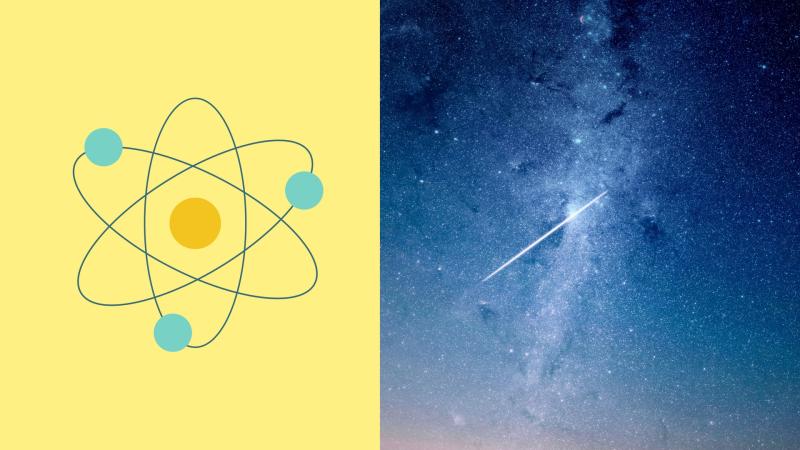
An international team of scientists from Indian Institute of Technology –Indore, India, University of Witwatersrand, South Africa, Raman Research Institute, India, Tata Institute of Fundamental Research, India and Australia Telescope National Facility, Australia has, for the first time, calculated the power radiated by high-energy electrons in radio galaxies and galaxy clusters.
Galaxy clusters are the most massive, gravitationally bound structures, that form when multiple galaxies, under the force of gravity, come together to form a cluster of galaxies. Radio galaxies are galaxies that radiate high amounts radio frequency and appear very bright under a radio telescope. When high energy electrons or electrons moving close to speed of light, called relativistic electrons, diffuse in the magnetic fields of a galaxy clusters or radio galaxies, it emits huge amounts of radio waves through a process of non-thermal radiation emission, also called synchrotron- where the characteristics of the radiation does not depend on the temperature of the emitting particle. The amount of power radiated by this process however, still remains a mystery, as the lower limit of the electron energy distribution or the low-energy cut-offs of the electron energy is still not fully understood. The lower limit of electron energy in turn depends on the lower limit of the momentum of the electron, using which the total power output could be calculated.
For their study, the scientist used a phenomenon called Sunyaev-Zel’dovich Effect to measure the lower limit of the momentum of the electron. When high-energy relativistic electrons strike the photons of the cosmic microwave background (CMB)- the halo of light persistent throughout the universe formed as a result of the big bang, the electron can distort the photons, making the electron lose energy and photons gain energy. By studying the amount of energy gained by the photons of the CMB, the scientists could determine the lower limit of the electron momentum.
The team studied the Sunyaev-Zel’dovich Effect in a far away bullet cluster, and have been able to propose a lower limit for the momentum of the electrons, thus giving them an idea of the power radiated by such electrons in galaxy cluster and radio galaxies. The study could give us a better picture of cosmic phenomenon like galaxy cluster merger and formation of large-scale structures in the Universe.
























